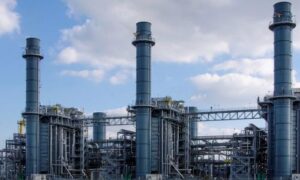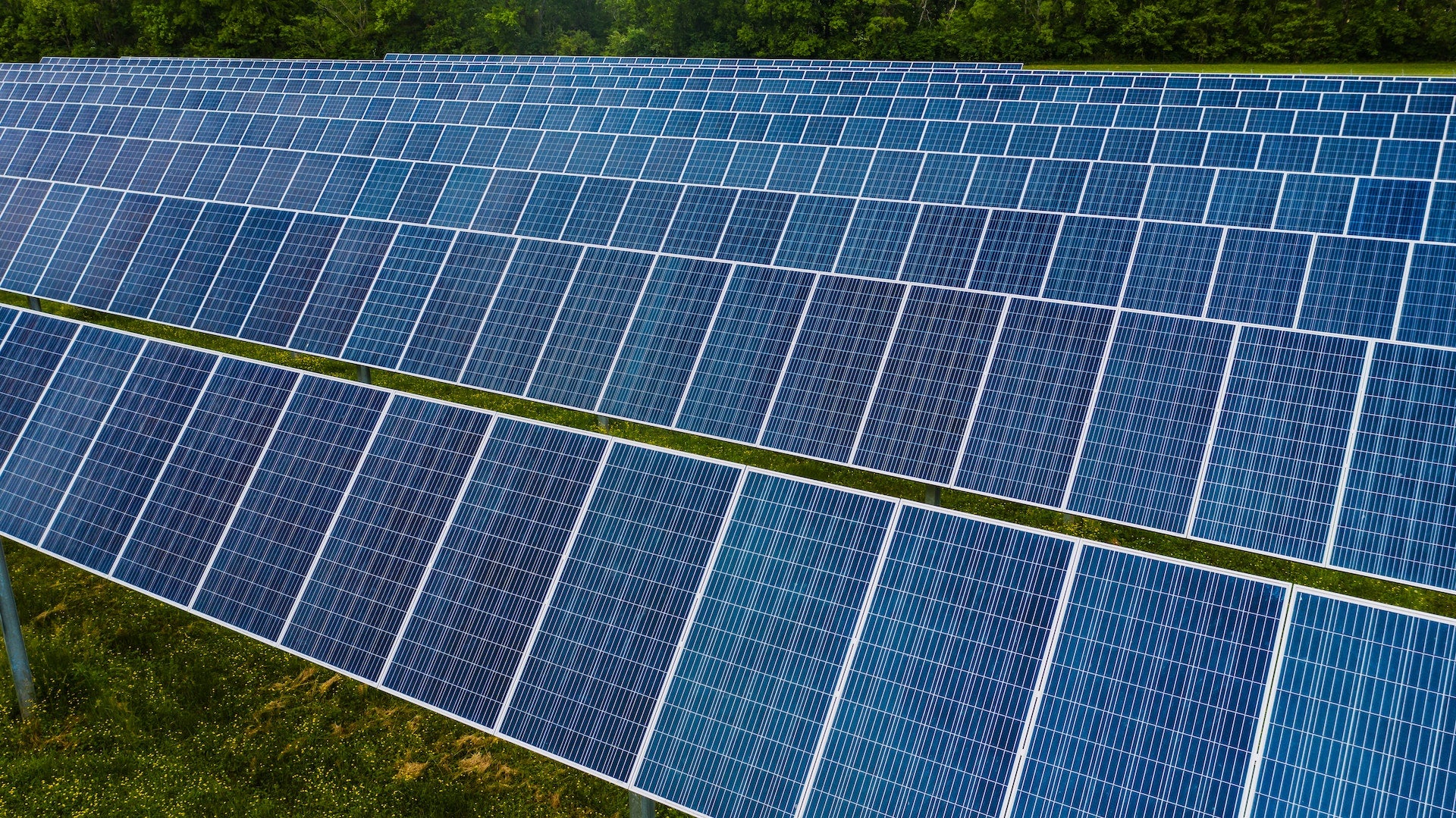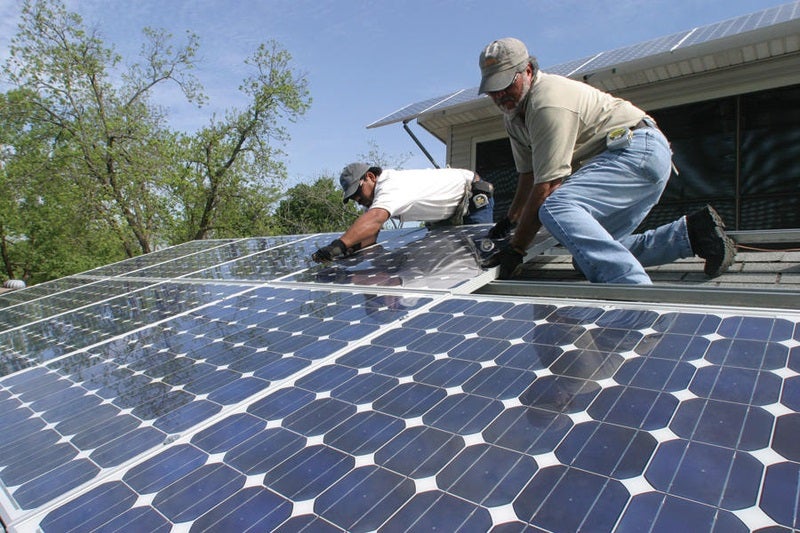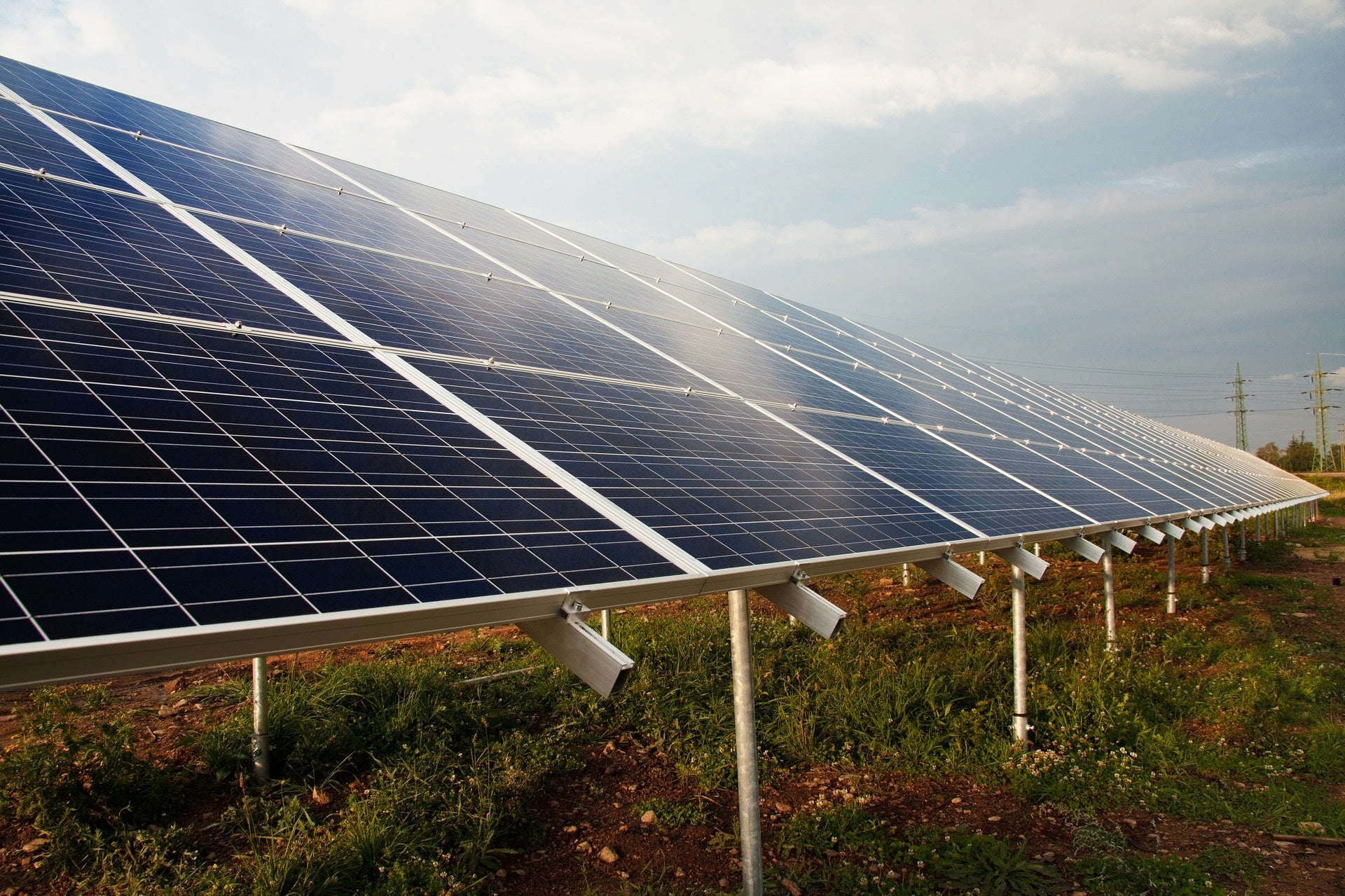
Duke aims to miss state carbon reduction requirements in proposed Carbon Plan
To comply with its carbon-reduction laws on the books and support healthier communities, North Carolina should be shifting its electricity sources from coal to lower-cost clean energy. But in its latest plan presented to the NC Utilities Commission in August, Duke Energy proposed a coal-to-gas transition – a shift that offers North Carolina households and families higher levels of harmful air pollution and exposure to electricity price spikes via volatile natural gas costs, when compared to the clean energy alternative.
According to a law approved by overwhelming bi-partisan legislative majorities in 2021, North Carolina must reduce its carbon pollution from the power sector 70% below 2005 levels by 2030 and reach carbon neutrality by 2050, supporting a necessary, statewide shift to a clean energy economy. Much of the specifics around getting to those goals, however, are left to the NC Utilities Commission to determine with input from stakeholders and utilities. Duke Energy, the largest utility in North Carolina, plays a major role in achieving those goals, and it must regularly submit updated plans to the Commission outlining how it intends to meet them.
In its first Carbon Plan submitted last year, which detailed different approaches for meeting those goals, Duke also proposed a major build-out of new gas power plants. And again, in its latest Carbon Plan/Integrated Resource Plan (CPIRP), Duke doubled-down on a concerning portfolio that proposes to:
- Miss the critical 2030 70% carbon reduction goal.
- Almost triple the amount of new gas build out.
- Delay offshore wind construction until the 2040s.
Here’s why the NC Utilities Commission should push Duke to submit a stronger plan that prioritizes renewables, not gas, and actually gets the state on track to meet its goals.
Background
Duke filed their first combined Carbon Plan/Integrated Resource Plan (CPIRP) with the North Carolina Utilities Commission on August 17. This is the first of what will be an bi-annual process, playing out over the law’s intended timeline, with replies from intervenors due in February 2024, an evidentiary hearing the second Tuesday of May 2024, and a final order from the Commission by the end of 2024.
How is the CPIRP different from Duke’s May 2022 proposed Carbon Plan? A portfolio approach is taken, with the utility offering multiple approaches to reach key climate pollution reduction milestones. Portfolio 1, the only one to hit the 70% by 2030 target, suffers simply because Duke adds a 20% cost adder based on their perceived execution risk — a premium they apply to building wind and solar but not far less developed technologies like small nuclear and hydrogen.
Given that the Commission’s order closely followed Duke’s proposed portfolio in the 2022 process, we will focus on the equivalent utility-preferred “Portfolio 3” here to examine what might result from a similar approach. As noted above, in Portfolio 3, Duke proposes to miss important pollution reduction milestones, significantly expand its proposed investment in new polluting power plants, and an almost 20-year delay in deployment of offshore wind, despite a Duke subsidiary last year having bid $155 million to secure offshore wind development rights.
This Carbon Plan responds to increased projected electricity demand, well above historical averages, by proposing a coal-to-gas not a coal-to-clean energy transition. That is a risky bet. Our state regulators have an opportunity to protect ratepayers by planning for a more diverse resource mix, not going all-in on gas. By pushing Duke to invest more toward solar, wind and batteries (as Duke itself proposes in its Portfolio #1), North Carolina can still hit our 70% by 2030 goal and reduce customer exposure to gas price volatility, which has already shown its vulnerability to price spikes and failure during cold weather events, for which ratepayers are now footing the bill.
Aiming to miss the target
The first lines of North Carolina’s clean energy law (House Bill 951), which passed with overwhelming bipartisan support in October 2021, are (full bill language here):
“take all reasonable steps to achieve a seventy percent reduction in emissions of carbon dioxide from electric public utilities from 2005 levels by the year 2030 and carbon neutrality by the year 2050.”
With this filing, Duke is essentially saying they no longer find it reasonable to hit the 70% by 2030 target that is literally the headline of the law. How could that be so? The law caveats that:
“The Commission shall not exceed the dates specified to achieve the authorized carbon reduction goals by more than two years, except in the event the Commission authorizes construction of a nuclear facility or wind energy facility that would require additional time for completion”(emphasis added)
Duke Energy proposes bringing online a new nuclear facility by 2035, and an alternative — offshore wind – which it would otherwise delay into the 2040s. Can we truly know how long it will take (not to mention how much it will cost) to build a nuclear reactor at the retiring Belews Creek coal facility? We cannot, although a recent multi-billion-dollar-hole-in-the-ground nuclear project in South Carolina led to the collapse of a major utility there and may create significant headwinds for future nuclear in NC, as Duke must seek approval of its investments in the shared generation fleet in both states.
Finally, to add to this uncertainty, there are currently no commercially operating small modular nuclear reactors in the United States from which to judge. But by proposing to build one or the other of offshore wind or small modular nuclear by 2035, the utility locks in as much delay as possible in achieving its essential emission reduction requirements.
The gas mirage
What does the utility propose doing between now and 2035? Replace coal with gas. In its plan we find almost three times as much new gas as was proposed last year, including two 450 MW combustion turbines (commonly known as “peaker” plants, since they provide power when energy usage is at a “peak”) at Marshall Station on Lake Norman in Catawba County, and 1360 MW of combined cycle gas, typically run at a much higher capacity, at Person County Energy Complex. On Sept 1, 2023 Duke began the process to seek Commission approval to begin constructing the massive Person County gas facility.
A key question regarding this enormous proposed gas build out is its status as “hydrogen capable,” to use the utility’s phrase. The EPA has proposed regulations for new gas facilities which would require 30% hydrogen co-firing by 2032, unless the plants scale back usage below that typical for comparable units today — increasing to 90% hydrogen co-firing by 2038.
Duke Energy, by contrast, proposes blending hydrogen into existing gas infrastructure, “1% by volume in 2035, 2% by volume in 2038, and approximately 3% by volume in 2041”. There is a world of difference between these proposals. The Duke hydrogen bet will have minimal effect on the 2030 carbon emission reduction requirement and, ultimately, is a rationalization to base a clean energy transition on new fossil capacity.
There are, as the utility itself acknowledges, enormous unknowns regarding the production and transportation of clean hydrogen.
In the meantime, such a large gas build out could leave North Carolinians more vulnerable to price spikes during times of high gas prices and power outages like what occurred on Christmas Eve 2022 as Winter Storm Elliott knocked out gas facilities across the Carolinas, leading to rolling blackouts. It’s risky to invest even more in the same technologies that failed when needed most.
It will be key for this next round of the Carbon Plan process that these concerns are addressed before North Carolina commits to one of the largest gas build outs contemplated by any utility in the country.
What about renewables?
The proposed portfolio does propose more solar and onshore wind, but these increases are vastly outweighed by the increase in proposed new gas. For offshore wind, the utility proposes short-term study and stakeholder work regarding North Carolina’s already-leased offshore wind areas, but does not commit to accelerating the development of any one area in order to bring offshore wind online in the near term in North Carolina.
This is a huge missed opportunity because the clean technologies we need are available now and cheaper than ever before, especially in light of federal clean energy tax incentives. Duke is equipped to implement them at the scale necessary to achieve North Carolina’s bipartisan emission reduction target this decade.
Duke has tripled down on making a coal-to-gas rather than coal-to-clean energy transition, despite a clear directive to eliminate power-sector pollution. If Duke would advance on the right path – one that prioritizes renewables and gets on track to achieve its climate goals – the utility and North Carolina could be an example for the rest of the Southeast of how to responsibly transition to a more diverse, resilient electrical grid that protects ratepayers and communities.












